

On April 14, incoming German Chancellor Friedrich Merz announced the new government's plans to limit the number of asylum seekers to 100,000 a year, to increase deportations, and to suspend the country’s family reunification program. The fight against immigration has become a staple of right-wing — and even centrist — political agendas globally, with politicians' rhetoric linking a rise in immigration to an increase in crime. The belief that an influx of immigrants drives up crime rates is so widespread that politicians find it hard to resist the temptation to capitalize on this sentiment. However, statistics show an absence of so much as a correlation. In fact, the data show that in societies where there are relatively more foreigners, the rate of criminality decreases. Admittedly, there is crime in the immigrant environment, but fighting it requires the development of legalization and integration mechanisms, while tightening restrictions only increases the number of violations.
Content
As immigration rises, crime rates fall
Migrants commit fewer crimes
Why are there so many migrants in prisons?
Why do migrants cause such a stir?
What policies reduce crime among immigrants?
As immigration rises, crime rates fall
Donald Trump's election campaign was largely built on odious anti-immigration rhetoric, with the candidate claiming that migrants from Haiti were kidnapping and eating pets in Ohio and that Kamala Harris wanted to use taxpayer money to perform gender affirmation surgeries on undocumented migrants in U.S. prisons. He also promised to deport 20 million foreigners staying in the U.S. without legal grounds — although, as reporters from The Washington Post calculated, there are not that many visa violators in the country — not even when asylum seekers are included in the count. Trump opened his second presidential term with statements about revoking the legal status of immigrants who came to the country under Joe Biden. A widespread deportation program would threaten, among others, 240,000 Ukrainian refugees and Russian citizens, who fled to the U.S. to escape war or mobilization. U.S. residence permit holders, many of whom are students or teachers, are also at risk.
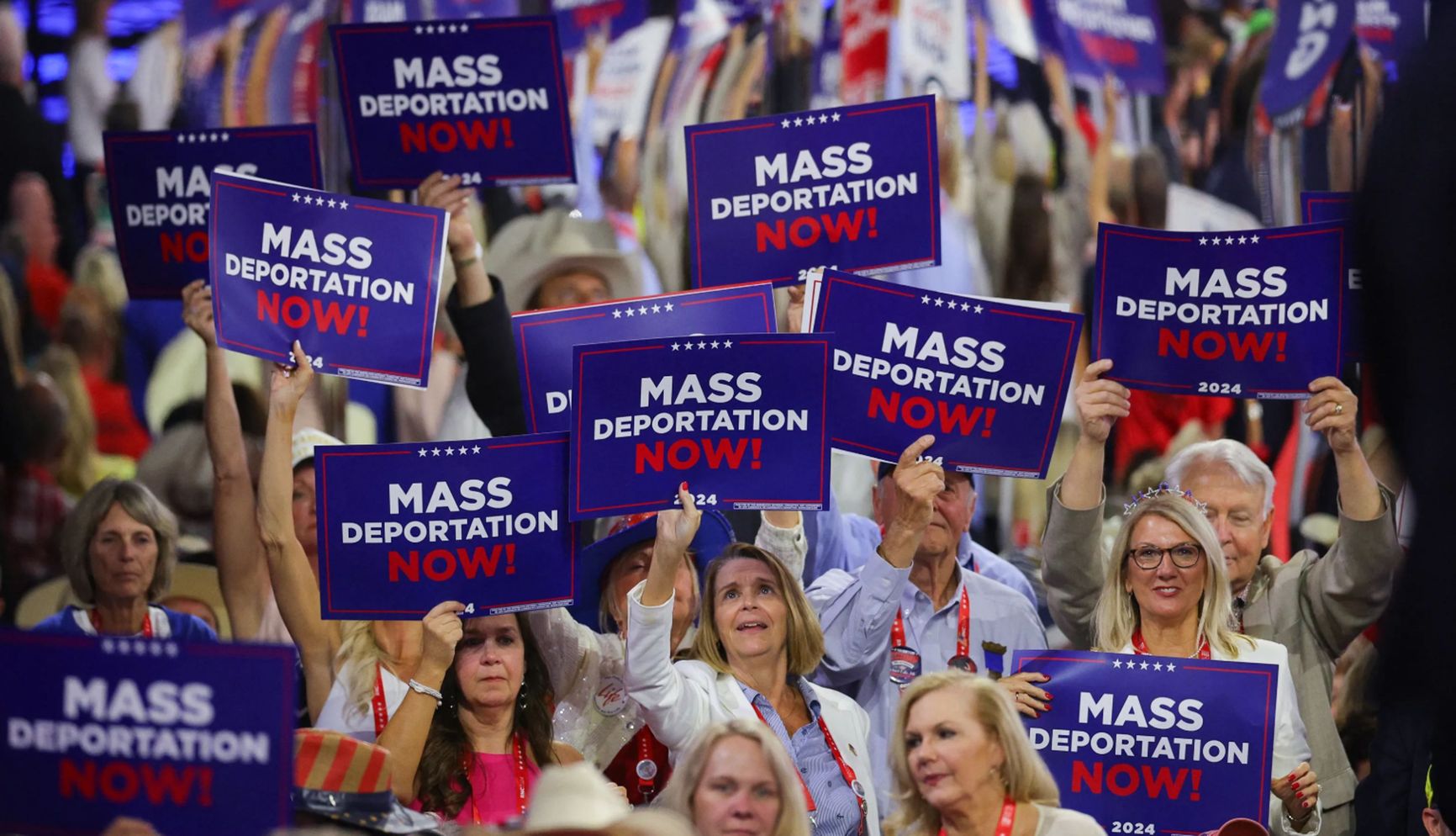
Trump is not alone. Right-wing populist parties around the world have made immigrants the main target of their criticism and the main tool for mobilizing their electorate. The waves of disinformation are followed by waves of pogroms like the one that swept through the UK last summer, not dissimilar to the Jewish pogroms of the early 20th century. Of course, anti-immigration sentiment has a centuries-old history. In 1517, for example, a wave of violence swept through London against Dutch, Italian, and German traders, whom the mob accused of the typical set of transgressions: crime, violence against women, and taking jobs from the locals.
In the case of the modern-day U.S., anti-immigration sentiment is particularly paradoxical. This country was created by migrants, and throughout its history, immigrants have been the main resource for the development of the American economy and culture. Incidentally, the U.S. also offers the most vivid proof that the myth of migrants with “a lot of bad genes” (in Trump's words) bringing crime has nothing to do with reality. The non-native-born share of the American population rose from 6% in 1990 to 13% in 2012, while the violent crime rate dropped from 700 to 400 per 100,000 people.
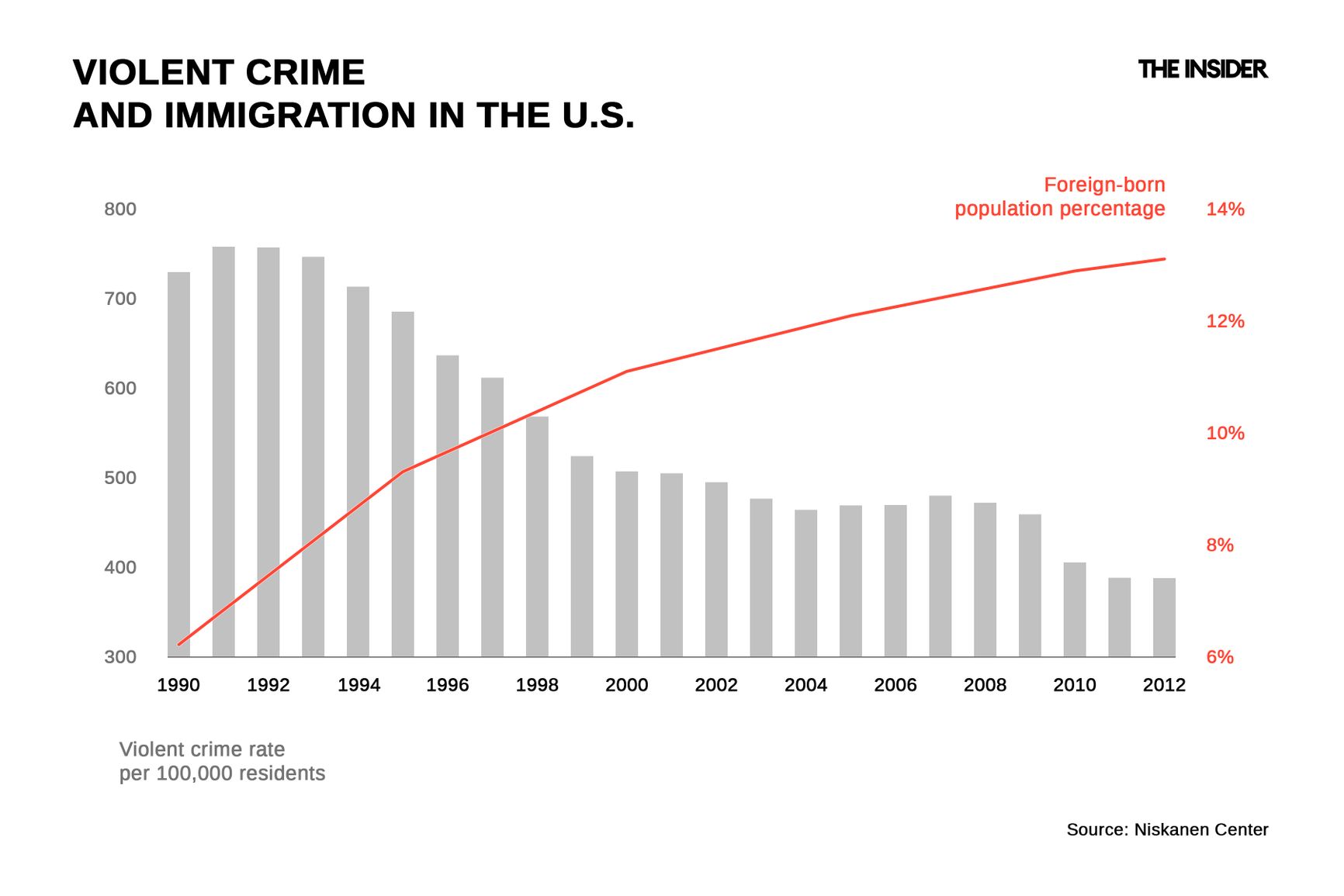
Similar statistics can be observed globally: although the number of migrants worldwide has surged in recent decades — from 154 million in 1990 to over 300 million today — crime rates in developed countries have steadily declined. In the UK, property offenses (such as theft or robbery) fell from 5,100 to 2,800 cases per year over the same period amid a comparable increase in migration.

Studies of the correlation between migration and crime have been conducted for over a century and have consistently shown that the relationship is either non-existent, or else it works in the opposite direction. In simple terms, crime rates go down in places where there are many foreigners in a society. A comparison of homicide and immigration rates for 55 countries between 1990 and 2019 also shows a consistent decline in the number of crimes per capita.
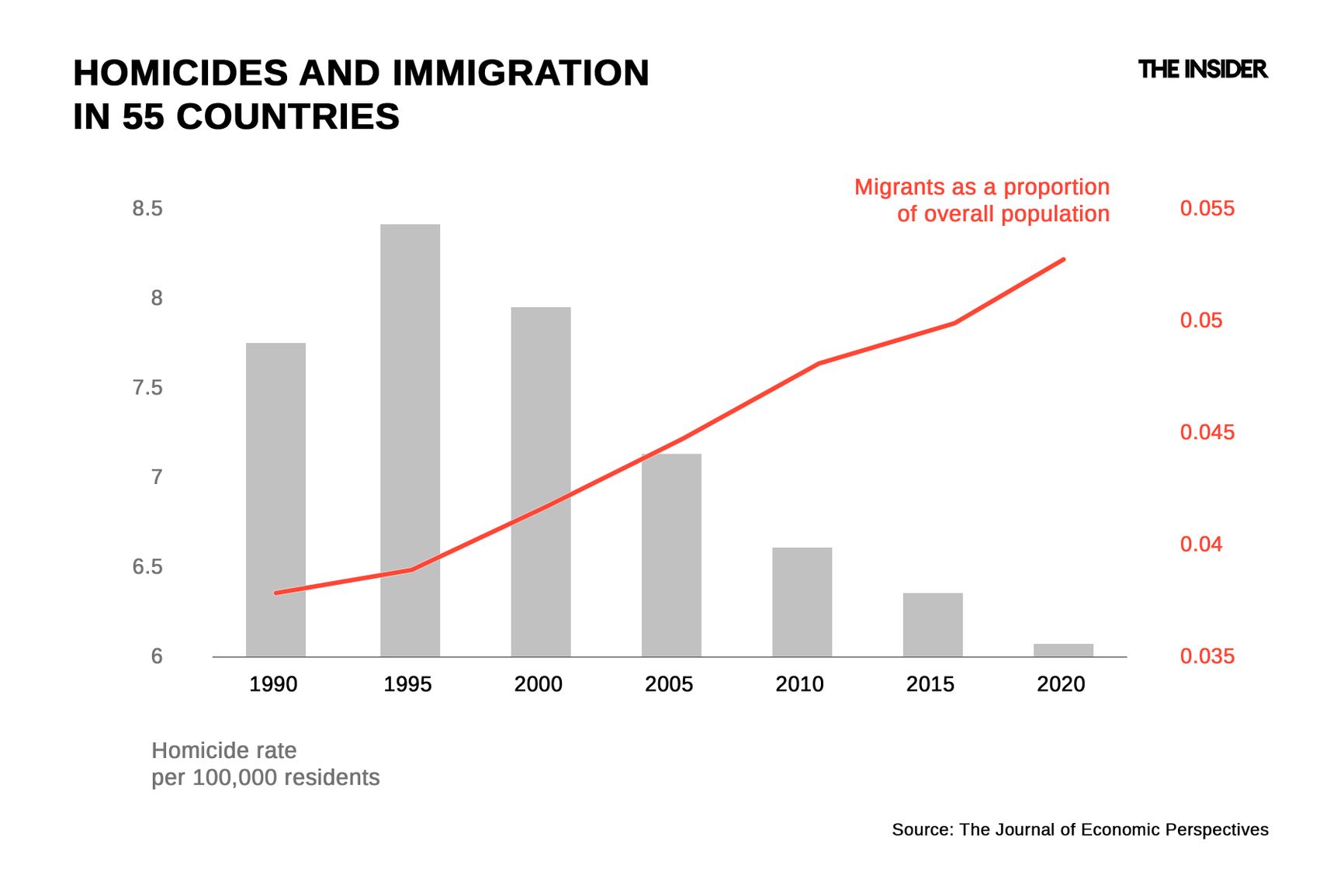
Migrants commit fewer crimes
Studies reveal that first-generation immigrants are less likely to commit crimes than members of the native population are. In Russia, for example, there are six criminals per 1,000 locals, and between two and three per 1,000 foreigners.
Migrants from Venezuela, 2 million of whom moved to Chile, Colombia, and Peru after the 2014 political crisis in their homeland, also committed significantly fewer offenses than locals. Unsurprisingly, countries with large numbers of migrant workers have lower crime rates. On the one hand, foreigners, who are less prone to criminal activity, reduce the per capita number of offenses, and on the other hand, the movement of working-age people stimulates economic development, often leading to the creation of jobs.
Countries with large numbers of migrant workers have lower crime rates
Refugees and undocumented immigrants are, on average, more likely to commit petty theft, forgery, and other “subsistence crimes” than migrant workers and locals because they are prohibited from working in the country of arrival and yet must somehow support themselves, at least until their process of legalization is complete. Following the admission of eight new states to the European Union in 2004, the number of such crimes in the UK fell thanks to the fact that many migrants were suddenly able to legalize their status and find work.
Similarly, after the accession of Romania and Bulgaria to the EU, Italy saw the number of repeat “subsistence crimes” among previously convicted criminals from these countries fall by half. This effect was much more pronounced in the north of the country, as the agricultural economy of the south provided undocumented migrants with more opportunities for informal employment, and such crime rates were initially lower there.
Violent crime is not affected by a simpler alien legalization procedure, since first-generation immigrants are generally less likely to break the law. However, crime rates rise significantly among second-generation migrants (those born in the host country). In this regard, data for Europe and the U.S. start to diverge.
In the U.S., second-generation immigrants are only just beginning to converge with the local population in terms of rates of offense. The third generation is on par with the locals, with crime rates among these migrants matching those of the diaspora living in the country as a whole.
In Europe, on the other hand, second-generation migrants commit more crimes than both first-generation migrants and natives. According to a 2010 study, the Netherlands arrested 2.2% of young (18 to 24 years old) locals against 4.4% of the children of migrants in the same age group. Denmark observed a similar trend: in 2006, 1.4% of Danes aged 15 to 45 had committed a crime at least once, while for the second generation of migrants from non-Western countries, the proportion was 5.4%.
This phenomenon is called “downward assimilation”: the deterioration or stagnation of the socio-economic status of migrants' children compared to that of their parents. Many factors can contribute to this, ranging from mismatched expectations of life in a new country to discrimination and economic circumstances.
In Germany, for instance, children from Muslim countries often face biased teachers who limit their educational and career opportunities, pushing them to self-actualization through informal institutions such as street gangs. Research shows that having peers involved in gangs increases the risk of children being involved in criminal activities equally among migrants and locals.
Children's situations can be exacerbated by a lack of attention from parents who are too busy working. In such cases, support networks like kindergartens, religious organizations, and community associations play an important role in preventing downward assimilation, helping the children of migrants to integrate into society while providing much-needed childcare.
By contrast, the integration of migrants’ children is easier in the U.S., Canada, and Australia. These countries are considered “immigrant nations” — meaning they have historically accepted large numbers of foreigners. In these places, crime rates among first-generation immigrants are also lower than in Europe.
European experience shows that the creation of barriers to integration significantly increases the likelihood of migrants and their children becoming involved in criminal activity. For a long time, Germany and the Netherlands, for example, refused to recognize themselves as “immigrant nations.” As a result, when many foreign workers from Turkey, Morocco, and the Balkans arrived on the continent in the 1960s, the authorities had no plans to integrate them into society, expecting them to eventually leave.
But many of the workers stayed in Germany, starting families while struggling with legalization, job searches, and obtaining schooling for their children. German schools and police did not know how to deal with them, and migrants from this wave were not legalized until the 2000s. Eventually, the Netherlands and Germany experienced higher crime rates among representatives of these nationalities and their children, who are now often referred to as the “lost generation.”
Why are there so many migrants in prisons?
Switzerland is one of the countries least inclined to legalize and integrate immigrants. Even in the third generation, they are considered foreigners and cannot obtain citizenship. As a consequence, Swiss prisons have the highest proportion of migrants in Europe, even though many of them are likely to have been born in the country. That said, Europe in general (excluding the UK and Ireland) has a higher rate of immigrant incarceration than the U.S. does.

Country-specific features of naturalization and the counting of immigrants in statistics can lead either to an overestimation of their share among prisoners, as in Switzerland, or to its underestimation, as in France, where people who have obtained citizenship are no longer officially considered migrants.
A large proportion of foreigners in European prisons are EU citizens. The opening of borders has made it easier to commit transnational crimes such as drug smuggling, robbery, fraud, or human trafficking. These are often committed by foreigners who come to a country for short periods of time, specifically for criminal activity. If they are arrested, they are included in the statistics as migrants, inflating the proportion of this category of inmates. This is especially true for countries like Japan, where documented immigrants make up only 1% of the population, while the share of foreign-born prison population stands at 2%.
Bias on the part of locals, police, and courts also distorts the picture. Thus, citizens may be more inclined to report a crime if they believe it was committed by a migrant. The police keep a closer eye on newcomers and ethnic minorities. Excessive patrolling of immigrant neighborhoods and increased focus on certain ethnic groups lead to the discovery of minor offenses that might have gone undetected in more affluent neighborhoods. Courts, on the other hand, may be more likely to keep migrants in custody during investigations, considering them more likely to abscond and thus limiting their ability to defend themselves using the legal system.
Citizens may be more likely to report a crime if they believe it was committed by a migrant
The relative lack of social connections and language competencies among migrants is also an important factor. Foreigners have a poorer understanding of the destination country's laws and their rights, and may not know the contacts of lawyers or human rights defenders. This puts them in a less favorable position compared to locals.
Finally, of note is the fact that a significant share of imprisoned migrants are prosecuted for violating the rules of entry or stay in the country, for forging documents, or for attempting to bribe police officers. In 2022, 16% of all migrant crimes in Russia were related to document forgery.
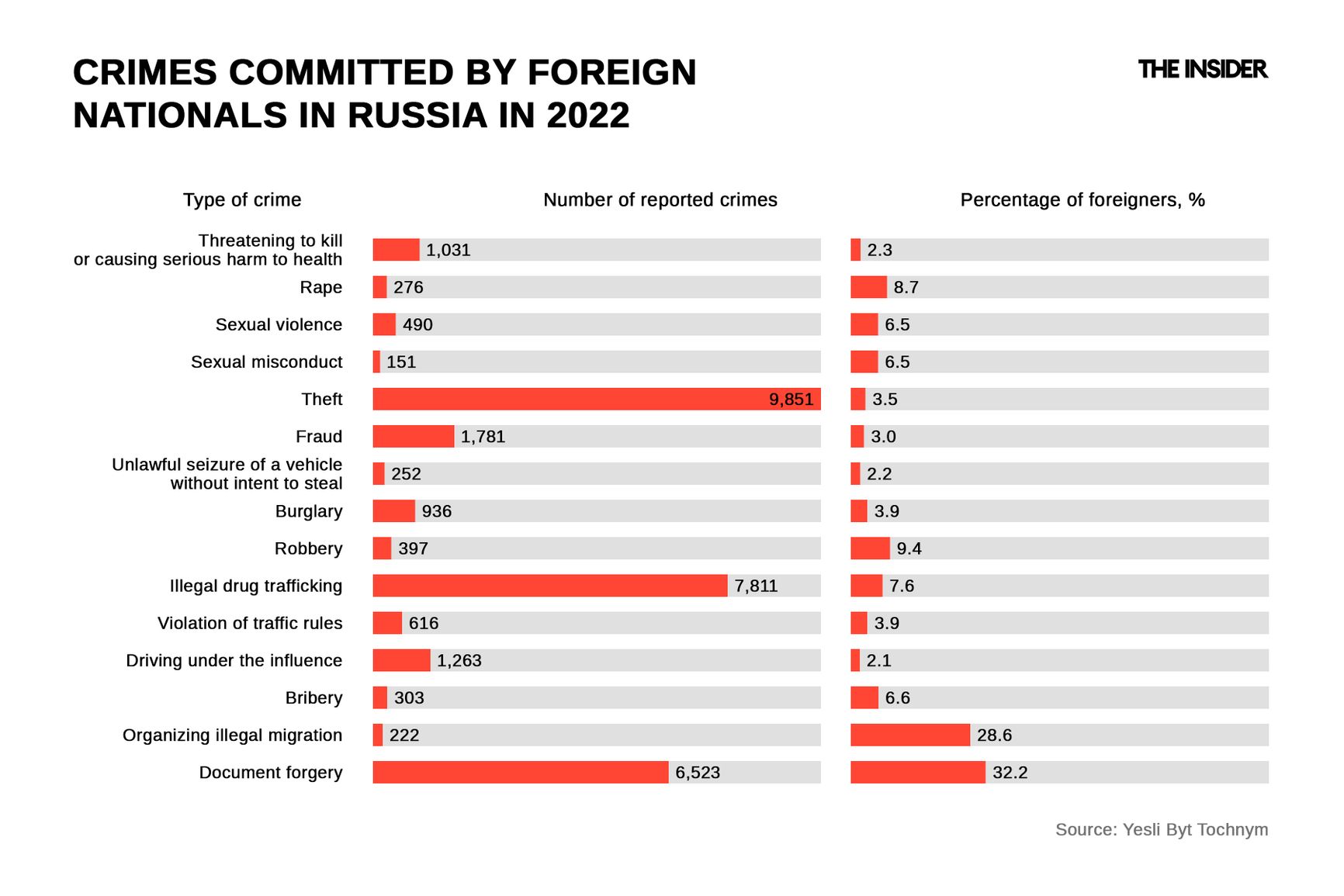
In 2005 in Italy, the percentage of similar offenses reached 10%. In both cases, document forgery was the third most common migrant crime after theft and drug trafficking. In 2016, 30% of all crimes committed by migrants in Germany were related to property crime and forgery of documents, with 63% related to fare evasion on public transportation.
Why do migrants cause such a stir?
The victims of migrant crime are most often other immigrants. Immigrants often form ethnicity-based communities, and crimes such as rape or domestic violence are primarily committed against family members or acquaintances. Importantly, immigrants often settle in poor neighborhoods, and poverty is directly correlated with a propensity to crime. In addition, migrants are disproportionately reluctant to contact the police, fearing unwanted attention from the authorities. Such people are easy prey for all sorts of criminals.
Since immigrants settle in disadvantaged neighborhoods and are more likely than locals to become victims of crime, migration could, speaking broadly, be associated with criminality. The media exacerbate this idea by emphasizing the ethnicity or nationality of the perpetrator or disseminating inaccurate information.
This was the case with the attack on a dance school in the British town of Southport last July. Sources presumably linked to Russia claimed that the crime had been carried out by a Syrian refugee, triggering a wave of anti-immigration riots across the country. However, it turned out that the perpetrator was born in the UK, albeit in a family of migrants from Rwanda, and was not remotely connected with Islam.

Anti-immigration riots in Southport, UK
The distortion of information in the media has a significant impact on the perceived link between immigration and terrorism. When terrorist acts are committed by members of the titular nation, the media tend to characterize such cases as “hate crimes” and “isolated incidents,” while terror attacks involving Muslim immigrants are portrayed as acts of organized Islamist war against the West. This fuels the belief that terrorist acts are committed exclusively by immigrants, when in fact newcomers lag behind the locals in this respect as well.
Ethnic criminal groups further add to the negative perception of immigrants. Although their percentage in the criminal world may be small, the crimes they commit elicit a more emotional response and become more visible, casting a shadow on an entire diaspora.
Part of the reason for the association of immigration with crime appears to be economic. Even the London riots of 1517 took place in a country with an impoverished population, locked in an exhausting war with France. A meta-study on the main factors influencing attitudes towards migration showed that they are primarily determined by levels of income, education, personal trust, economic well-being, experience of contact with foreigners, political views, and the respondent’s occupation.
Education, income, and profession influence locals’ attitudes towards migrants, who mostly fill low-skilled positions and thus compete with natives who find themselves lower down in the socio-economic hierarchy. The higher the individual's income and the more prestigious their occupation, the more favorably they treat foreigners, as they feel less economic threat from them and get more benefits from their cheap labor.
The higher an individual's income and the more prestigious their occupation, the more favorably they treat foreigners
Interestingly, residents of rural areas, where there are few newcomers, most actively oppose immigration. Foreigners more often settle in large cities, where locals tend to support a more liberal migration policy. An example is West and East Germany: the poorer eastern part of the country has significantly fewer migrants but displays a much stronger support for the right-wing, anti-immigration Alternative for Germany party.
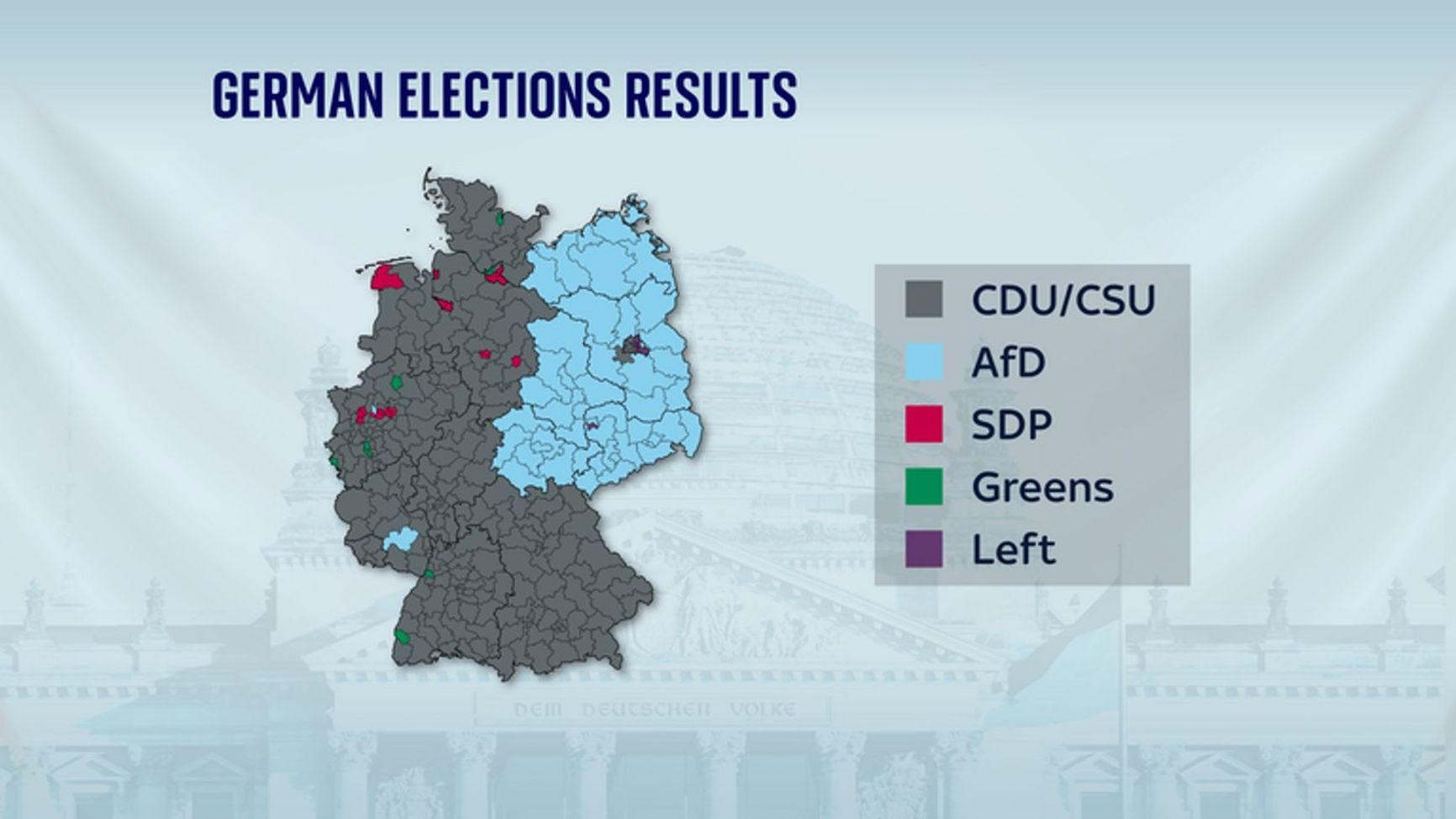
The U.S. confirms this correlation: Trump's core constituency lives in the rural parts of the country, which have fewer migrants but suffer more from inflation, unemployment, and other structural socio-economic problems that fuel right-wing populist sentiment, as numerous studies have shown. In cities, the more affluent and educated population has more experience of mingling with people of all nationalities and is therefore less prone to express prejudice against them.
What policies reduce crime among immigrants?
In 2016, current U.S. Vice President J.D. Vance, then a Silicon Valley financier, published a column in The Atlantic titled “Opioid of the Masses,” in which he called Trump's xenophobic rhetoric “cultural heroin.” Politicians like Trump exploit the discontent of people faced with economic hardship by redirecting it toward migrants, minorities, and “hostile” countries.
However, the economic reality is that the demand for labor continues to drive the flow of migrants regardless of politicians' rhetoric. In his first presidential term, Trump only marginally reduced the flow of migrants into the U.S., mostly by restricting student visas and citizenship for foreigners who had served in the U.S. military.
The UK's Brexit, also largely driven by anti-immigration sentiment, failed to reduce the number of immigrants either. On the contrary, before the vote to leave the EU in 2016, the inflow of EU migrants to Britain exceeded 300,000 people, and another 80,000 were arriving from outside the EU. In 2024, 95,000 EU citizens left the UK, but more than 950,000 people arrived from outside the EU (and the number of Brexit supporters has since fallen to 30%).

As far-right European parties gain power, they are also forced to accept foreigners — despite their trademark rhetoric. Research shows mixed results from their attempts to limit migration. In Russia, the flow of migrants has remained stable for years, although the authorities regularly promise to tighten migration legislation. Currently, the Russian government is simultaneously tightening rules for foreigners after the mass casualty attack on Moscow's Crocus City Hall and importing foreign laborers from seemingly everywhere, as the market faces a severe labor shortage.

Researchers note that restrictive measures only encourage migrant crime, creating a vicious circle. By making it more difficult for migrants to live and work legally, the authorities limit their opportunities to integrate into society and earn a living. This encourages them to accept less favorable working conditions, pushing locals out of the cheap workforce market, or to rely on informal, criminal ties, which leads to an increase in crime and, consequently, public demand for new restrictions. Increased police control over migration leads to the detection of more crimes among these communities than among locals, further creating a sense of migration crisis.
Some U.S. counties have a policy of “sanctuary cities,” which limit the power of immigration police to check documents or arrest residents. Such measures are supposed to increase immigrants' trust in the police and promote cooperation in criminal investigations.
Studies have shown that counties with “sanctuary cities” have stronger economies and lower crime rates than counties without such areas. Violent crime, however, does not appear to be affected by these measures, as no difference was found between counties in this regard.

U.S. Immigration and Customs Enforcement
In 1986, the U.S. held an immigration amnesty, providing legal status to nearly 3 million aliens. Analysis of data for 1980-2000 reveals that a 1% increase in the amnesty rate in the population contributes to a 4.5% decrease in the overall crime rate, primarily due to a decrease in property crimes. However, the reform did not affect violent crime rates. Furthermore, by increasing penalties for those who did not qualify for amnesty, the reform increased economic crime in the long run.
The experience of countries globally shows that people move away from home mainly for economic reasons. More than 70% of all migrants in the world are labor migrants. Marginalization and restricted access to the labor market invariably lead to increased crime among them as they are forced to rely on informal employment. Such migrants become dependent on employers and also squeeze out locals from the labor market by accepting less favorable working conditions. Or, for want of alternatives, they may end up involved in criminal networks. In any case, the most efficient way to combat such crime is to create legal employment opportunities for migrants and positive conditions for their integration into the host society.